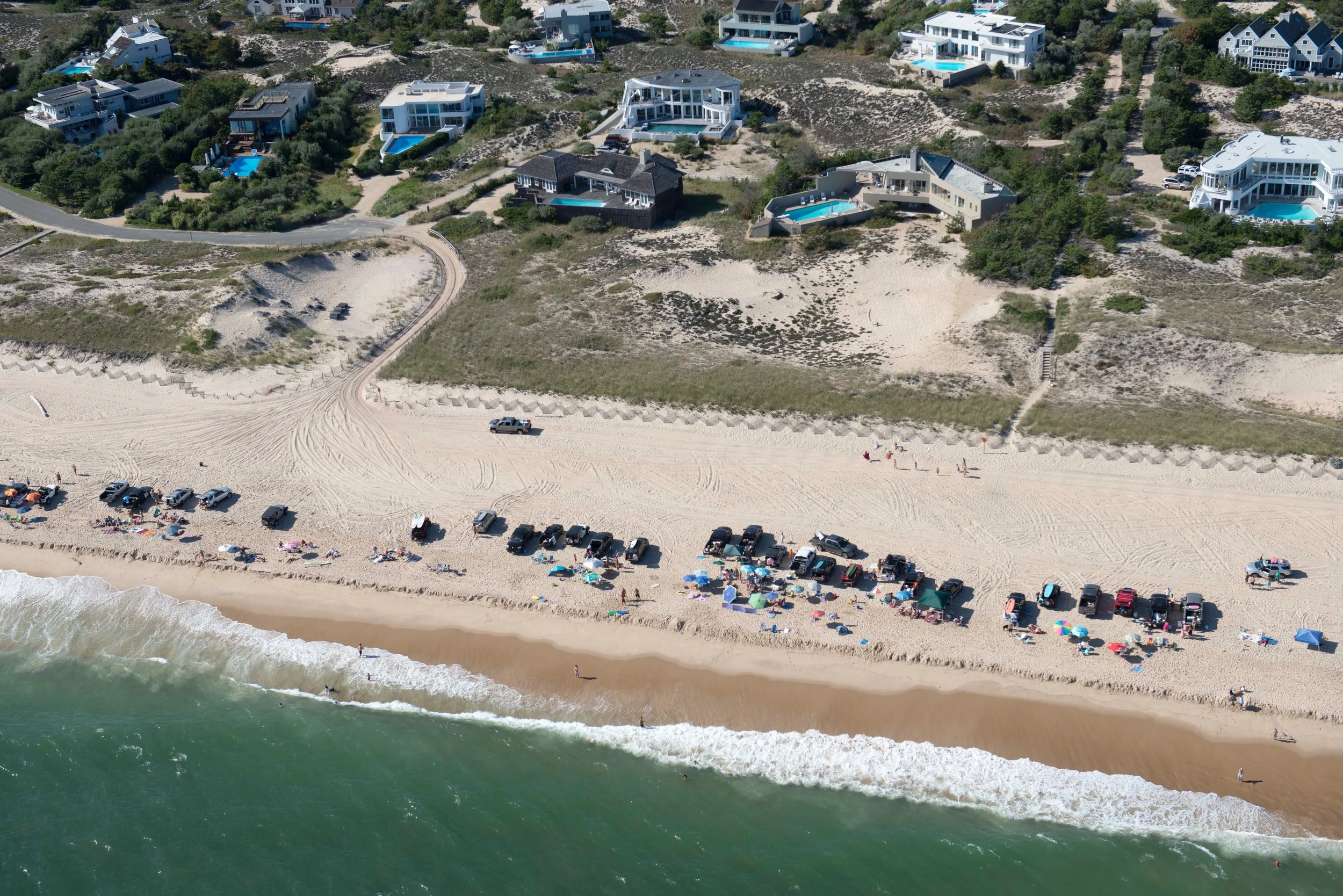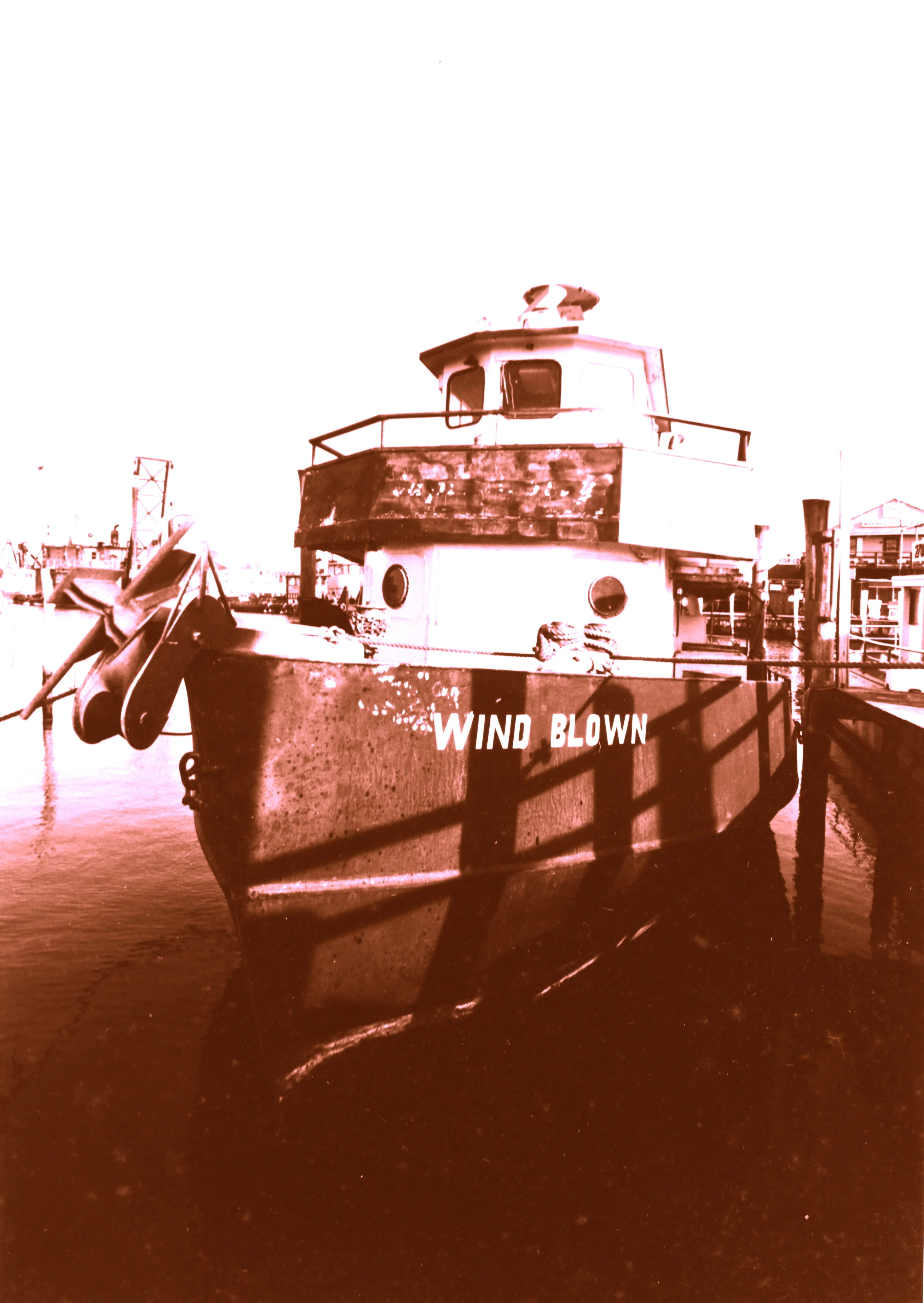ARTICLES & ESSAYS
On a sweet piece of East Hampton real estate next to SoulCycle and Carissa’s the Bakery—and just behind Sant Ambroeus, Staud, and Isabel Marant, is a med spa called The Beauty Edge. It offers everything an East Hampton resident would want if having an edge on beauty were the objective.
It was November of 2022 when I found myself sitting at an Upper East Side café, slowly sipping an oat milk cappuccino, willing myself back into the land of the living.
On a Tuesday night in mid-June, Justin Timberlake found himself at Sag Harbor’s American Hotel, on Main Street, enjoying what the singer described as a “one martini” dinner, although a witness told the New York Post that Timberlake was “wasted” and “drinking other people’s drinks.”
For as long as Nathaniel Miller can remember, he has spent every summer at a beach in Napeague, a once-remote strip of marsh, pine forest and dunes sandwiched between Amagansett and Montauk in the Hamptons.
Exactly five years ago, I began gathering material for what started out as an assignment for East magazine but eventually morphed into my first nonfiction book.
Not much happens of note on Shelter Island, all 8,000 bucolic acres of it. Sandwiched between Long Island’s North and South Forks, it’s the kind of place where people seem to know one another, where car doors are often left unlocked and where, for some 20 years, the most bothersome problem has been Lyme disease-carrying blacklegged ticks.
Five years ago, I was working as a staff writer at the East Hampton Star, a family-owned weekly newspaper on the eastern end of Long Island, New York, when an editor first told me about a great untold story of the so-called Hamptons that I eventually turned into my first nonfiction book.
On March 22, 1984, the Wind Blown, a commercial fishing boat, departed from Montauk Harbor on eastern Long Island around dusk to begin its first trip of the early-spring season. The four-man crew planned a weeklong trip to catch tilefish about 120 miles offshore.
By January, we were 10 months into the pandemic and I couldn’t remember the last time I had left Long Island. My husband and I were raising two young children and working, cleaning and cooking, indefinitely, from home. It was hard to imagine a time when I had felt more claustrophobic.
Last May, having exhausted all possible local options, my husband and I got into our car and drove one hundred miles west. We left home early that morning in search of two specific things: better medical care and a definitive diagnosis.
“Moving to California is a lot like living in the future,” my friend Peter said to me, as I was fresh from the trauma of moving from Sag Harbor to Marin County one year ago.
“Pick a teacup that speaks to you,” said Chelsey McKrill, pointing to a table filled with boldly patterned antique teacups and saucers in every color of the rainbow.
Since arriving in East Hampton from Ecuador, Jenny has moved upwards of a dozen times in seven years in search of a safe, affordable place to live with her school-aged child.















In the Hamptons, the real story is how the other half lives. The Shinnecock Indian Nation occupies one of the most destitute areas of Long Island. Some of their wealthy neighbors want to keep it that way.